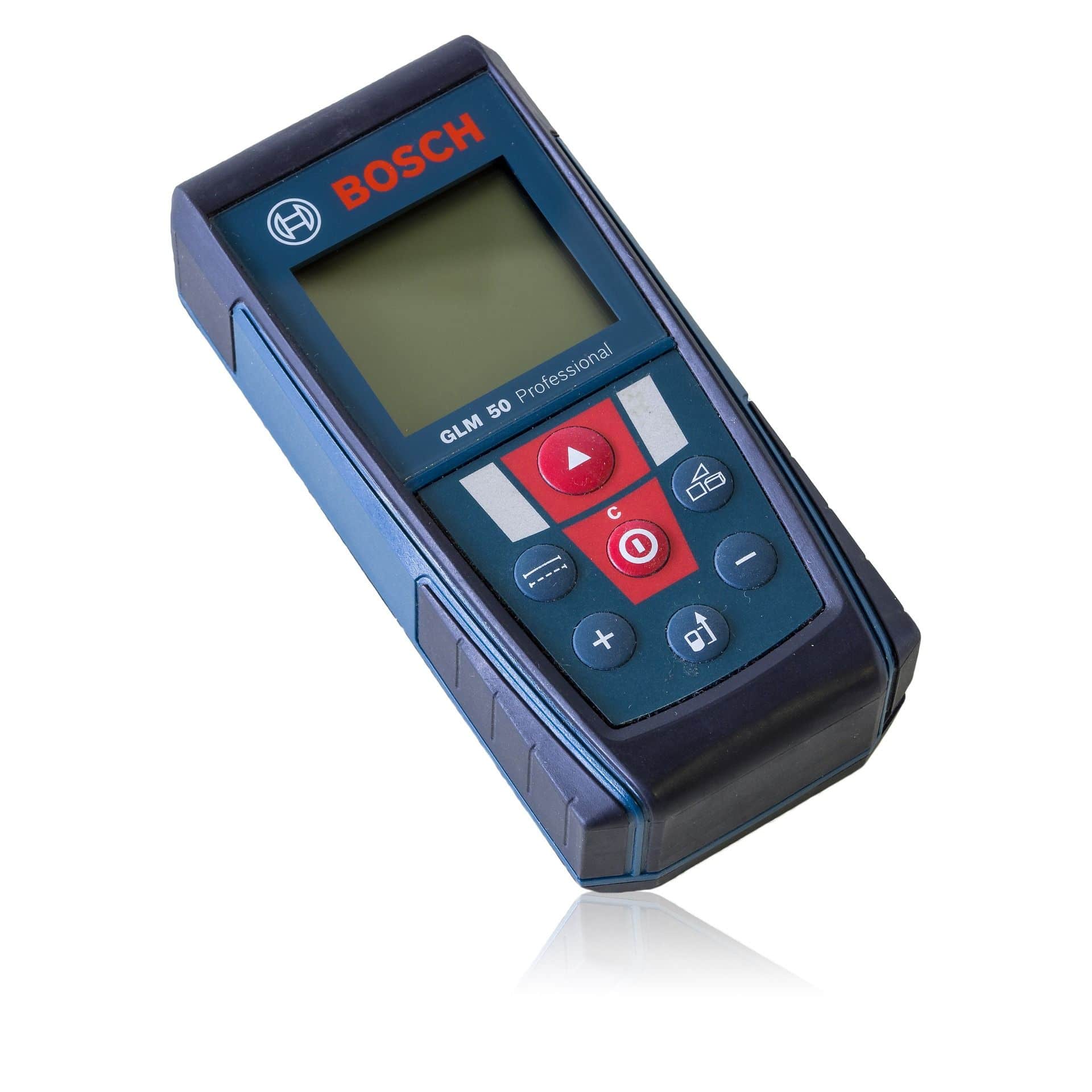Proximity sensors have played a role, in sectors for an extended period, including manufacturing, robotics and automation. Laser proximity sensors are particularly notable for their accuracy and adaptability making them a popular option for uses. This article aim to explore the details of laser proximity sensors how they work and the influence they have, across industries.
Understanding Laser Proximity Sensors
Laser proximity sensors belong to a group of sensors that make use of laser technology to identify whether an object is present or not, without having to touch it. These sensors send out a laser beam that bounces back, from the surface of the object. By measuring the duration it takes for the light to come back the sensor can determine how away the object is.
How Laser Proximity Sensors Work
Laser proximity sensors work by using laser triangulation, a method that doesn’t require contact to measure the distance, between the sensor and its target. These sensors send out a laser beam directed at the target. Once the beam hits the object it bounces back. Is detected by a sensitive receiver, in the sensor. By analyzing the angles of incidence and reflection the sensor can determine the distance accurately.
Types of Laser Proximity Sensors
Laser proximity sensors are available in various types, each designed for specific applications. These include:
Short Range Sensors
Short range sensors are crafted for activities that require speeds, precise measurements and extended detection distances. They excel in providing data and their small form factor is perfect, for tasks, with space and weight constraints.
Long Range Sensors
In industries such, as mining and civil engineering long range sensors come into play when the sensor needs to detect objects from a distance. These sensors are essential, for measuring distances spanning meters.
Confocal Sensors
Confocal sensors employ a beam of light and a spatial filter to attain resolution and accuracy. These sensors are commonly applied in tasks that demand precision, like gauging the thickness of films or the texture of surfaces.
2D-3D Laser Scanners
2D-3D laser scanners are commonly employed to record the dimensions and form of an item in three dimensions. These devices find application, in sectors such, as manufacturing and robotics aiding in the development of 3D representations of various objects.
Applications of Laser Proximity Sensors
Laser proximity sensors have a wide range of applications across various industries. Some of these include:
Automotive Industry
In the automotive industry, laser proximity sensors are employed to guarantee the positioning of components, during assembly. Additionally they have an impact on quality assurance procedures, by identifying flaws or anomalies in the vehicles components.
Aerospace and Defense
In the aerospace and defense sector these sensors play a role, in determining the altitude, which is the distance, between an aircraft and the ground. Additionally they are utilized in missile navigation systems to assist in directing the missile towards its intended target.
Automation
Laser proximity sensors are essential, in the realm of automation aiding robots in moving and engaging with their surroundings by steering of obstacles and handling objects.
Agriculture and Farming
In the field of agriculture and farming these sensors play a role, in automated farming machinery by identifying crops and other items. This aids, in safeguarding the crops from harm and maintaining the equipments performance.
The Role of Laser Proximity Sensors in Industry 4.0
The fourth industrial revolution, also known as Industry 4.0 involves incorporating technologies, into manufacturing and industrial operations. Laser proximity sensors are instrumental, in this shift as they offer dependable information that aids in streamlining processes enhancing productivity and minimizing inefficiencies.
Challenges and Future Perspectives
While laser proximity sensors offer benefits they do encounter obstacles. A key challenge lies in how sensitive these sensors are, to factors like dust, humidity and fluctuations in temperature. Nevertheless ongoing advancements in sensor technology are enhancing their durability and dependability.
Looking ahead we anticipate that laser proximity sensors will increasingly become indispensable across sectors. With the rising need, for automation and accuracy these sensors will significantly contribute to enhancing efficiency and productivity.
Conclusion
Laser proximity sensors play a role, in industries by allowing accurate distance measurements without physical contact. Their flexibility and precision make them highly valuable across fields such, as manufacturing, aerospace, agriculture and more. With progress the uses of these sensors are expected to grow further establishing them as fundamental components of today’s industrial landscape.

